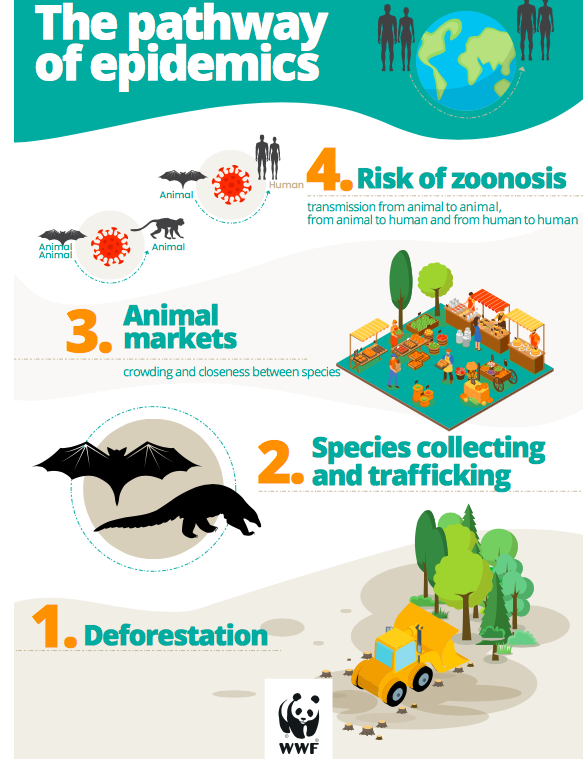Introduction
Except when someone is attacking Greta Thunberg, there’s probably nothing that evokes more feelings among the environmental movement in Sweden than flying. In Sweden we have even developed a shame around the subject. To fly has become shameful but how you experience the shame probably has to do with your surrounding. For someone working with sustainability this is very evident. If you fly, you almost loose your credibility, even if you are called Al Gore and travel around the world to educate people about climate change. On the other side, there’s people, business leaders, politicians and public figures that doesn’t want to change their behaviour at all and see the climate crisis as something that should be solved by someone else.
What is it about flying that evokes so strong feelings? I believe debates like this needs to be presented with facts and moral dilemmas have to be dissected. Because just like any other issue in the field of sustainability - it is not that simple.
To make it easy for myself and readers all the references are links instead of being listed in the end of the article.
How flying (aviation) effects the climate?
Globally, the transportation sector was responsible for 20% of the global CO2 emissions in 2014, according to the World Bank. According to the Intergovernmental Panel on Climate Change (IPCC), transportation stood for 14% in 2010. The figures here are different, because either the share of CO2 emissions has decreased a lot from transportation or the methods of calculating is different. Regarding how much of this that comes from aviation depends on the source. According to an article from International Council on Clean Transportation (ICCT), commercial aviation stands for 2.4% of the global CO2 emissions in 2018. According to the European Union the global share of emissions from aviation is 2% and within EU it stands for 3% of direct CO2 emissions. I believe we can call these figures approximately, if you look at the global picture of CO2, it doesn’t sound very high, but if you take a look at what flying is and the change over time, you will get another picture.
Trends in flying
The trend is that globally we travel more and more by aircraft. So far 2019, there has been global increase with 5% for passengers since 1990 this means a 300% increase in totalt passengers (from 2016 to 2017 it was a 7.3% increase). It is a exponential increase and in 2019 it is expected to reach 39.4 million flights. On one of the busiest days of the year, 200 000 flights were recorded on the same day. Several countries are now facing dilemmas. The director of Independent UK of national traffic even claim that this can be a peak of what the industry can handle without delays. In 2030 delays might increase with 50% if airspace remains the same according to a strategy by Department of Transport in UK.
“In 2000, the average citizen flew just once every 43 months. In 2017, the figure was once every 22 months. Flying has never been more accessible.” said Alexandre de Juniac, IATA’s Director General and CEO.
In carbon emissions this means a huge increase. According to ICCT the CO2 emissions from aviation has increased with 32% over the five past years (article from 2018). This growth rate is 70% higher than previously estimated. This shows that aviation as transportation is increasing rapidly. Of these flights 2/3 were domestic (not the same as percentage in CO2, the longer flight, the higher CO2)! Where IPCC says about 30–35% of total air transport is domestic.
By 2020, global international aviation emissions are projected to be around 70% higher than in 2005 and the International Civil Aviation Organization (ICAO) forecasts that by 2050 they could grow by a further 300-700%.
According to Oxford Business Group the growth and estimated growth depends on four factors: lower air fare, increased numer of people in middle class, increased demand for global connectivity in an global economic world and a booming tourism industry. Of course there factors and intervened and connected and not separate factors.
Differences between countries
The country with most aircrafts in the air positioned by satellite are USA. Sweden is number 19 on the list. I would guess the data shows flights this year until current date but this is not clearly written. You could compare the average daily flight for USA (410,543,327), the day I visited, compared to Sweden (83,281).
Based on the same ICCT study several countries were overrepresented when it came to percentage of flights being domestic flights. Brazil (92%), USA (91%), China (91%), Indonesia (89%) and Australia (86%), all countries with huge land area. Still, since the land do belong the same country, it would be interesting to see how these countries could cut emissions with investment in fast trains, or other more environmental friendly transportation moods, between major travel routes. That study also conclude that the top tens countries with highest carbon emissions passenger per departure are USA, China, United Kingdom, Japan, Germany, United Arabs Emirates, India, France, Australia and Spain.
International Air Transport Association also publish figures based on the global distribution in terms of passengers and market share. Directly taken from their website:
Airlines in the Asia-Pacific region once again carried the largest number of passengers.
1. Asia-Pacific 36.3% market share (1.5 billion passengers, an increase of 10.6% compared to the region’s passengers in 2016)
2. Europe 26.3% market share (1.1 billion passengers, up 8.2% over 2016)
3. North America 23% market share (941.8 million, up 3.2% over 2016)
4. Latin America 7% market share (286.1 million, up 4.1% over 2016)
5. Middle East 5.3% market share (216.1 million, an increase of 4.6% over 2016)
6. Africa 2.2% market share (88.5 million, up 6.6% over 2016).
The top five airlines ranked by total scheduled passenger kilometers flown, were:
1. American Airlines (324 billion)
2. Delta Air Lines (316.3 billion)
3. United Airlines (311 billion)
4. Emirates Airline (289 billion)
5. Southwest Airlines (207.7 billion)
The top five international/regional passenger airport-pairs** were all within the Asia-Pacific region, again this year:
1. Hong Kong-Taipei Taoyuan (5.4 million, up 1.8% from 2016)
2. Jakarta Soekarno-Hatta-Singapore (3.3 million, up 0.8% from 2016)
3. Bangkok Suvarnabhumi-Hong Kong (3.1 million, increase of 3.5% from 2016)
4. Kuala Lumpur–Singapore (2.8 million, down. 0.3% from 2016)
5. Hong Kong-Seoul Incheon (2.7 million, down 2.2% from 2016)
The top five domestic passenger airport-pairs** were also all in the Asia-Pacific region:
1. Jeju-Seoul Gimpo (13.5 million, up 14.8% over 2016)
2. Melbourne Tullamarine-Sydney (7.8 million, up 0.4% from 2016)
3. Fukuoka-Tokyo Haneda (7.6 million, an increase of 6.1% from 2016)
4. Sapporo-Tokyo Haneda (7.4 million, up 4.6% from 2016)
5. Beijing Capital-Shanghai Hongqiao (6.4 million, up 1.9% from 2016)
So let’s not confuse the data here. Asia is high on the top when it comes to numer of passengers. When you compare number of flights being domestic and international flights, big land area countries are overrepresented. When you compare routes between cities, Japan, Australia and China is more frequent. When you compare CO2 emissions on passengers departure, then you get the list of 10 countries. But to make the statistic fair you have to put in relation to per capita per country and income level.
Which the ICCT study did. “High-income countries were responsible for 62% of CO2 emitted from passenger aircraft in 2018, followed by upper middle (28%), lower middle income (9%), and low income (1%). This means that overall, less developed countries that contain half of the world’s population accounted for only 10% of all passenger transport-related aviation CO2”, says the report.
What about Sweden?
Just as the rest of the world, our travels by airline are increasing. Since 1990 our international trips has doubled, which is a larger increase than the increase in population. The CO2 emissions from flying in Sweden has increased with 43% since then compared to 2017. This means from 7 million tons CO2 to today’s 10 million ton in CO2. If you calculate per person this menas 1 ton per person and year. However, a large proportion of the population cannot travel with airline due to age or sickness (even if some travel with their babies it’s still not their choice). A more reasonable figure would be people between 18-65 (or a higher age since a lot of people travel when they have retired), still that would be maximum 2 tons per person and year since 57% of the population is within that age gap.
If you compare to the global average, Swedes fly five times as much. So not among the worse citizens compared to all countries, but we do belong to an elite of high income countries who has a higher carbon footprint due to aviation.
What about efficiency?
Aviation has become more energy efficient but not as fast as one should expect. In 1950s the rate of fuel consumption reduction were 3-6%, but are now as low as 1-2%. Probably because better technology takes even more time. Some airlines have made a larger effort to become more efficient than others, however since the number of passengers are growing the efficiency doesn’t resulted in any total reduction of CO2 emissions.
Many more questions remain such as if there are better airlines, what about new techniques? How can we cut carbon from traveling? What about traveling for work? And what should you do as an individual?
This is the first part where I present data and then deal with these questions.































